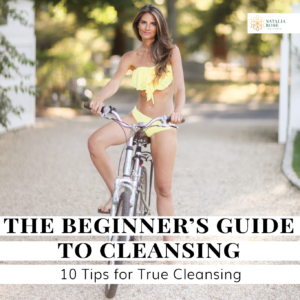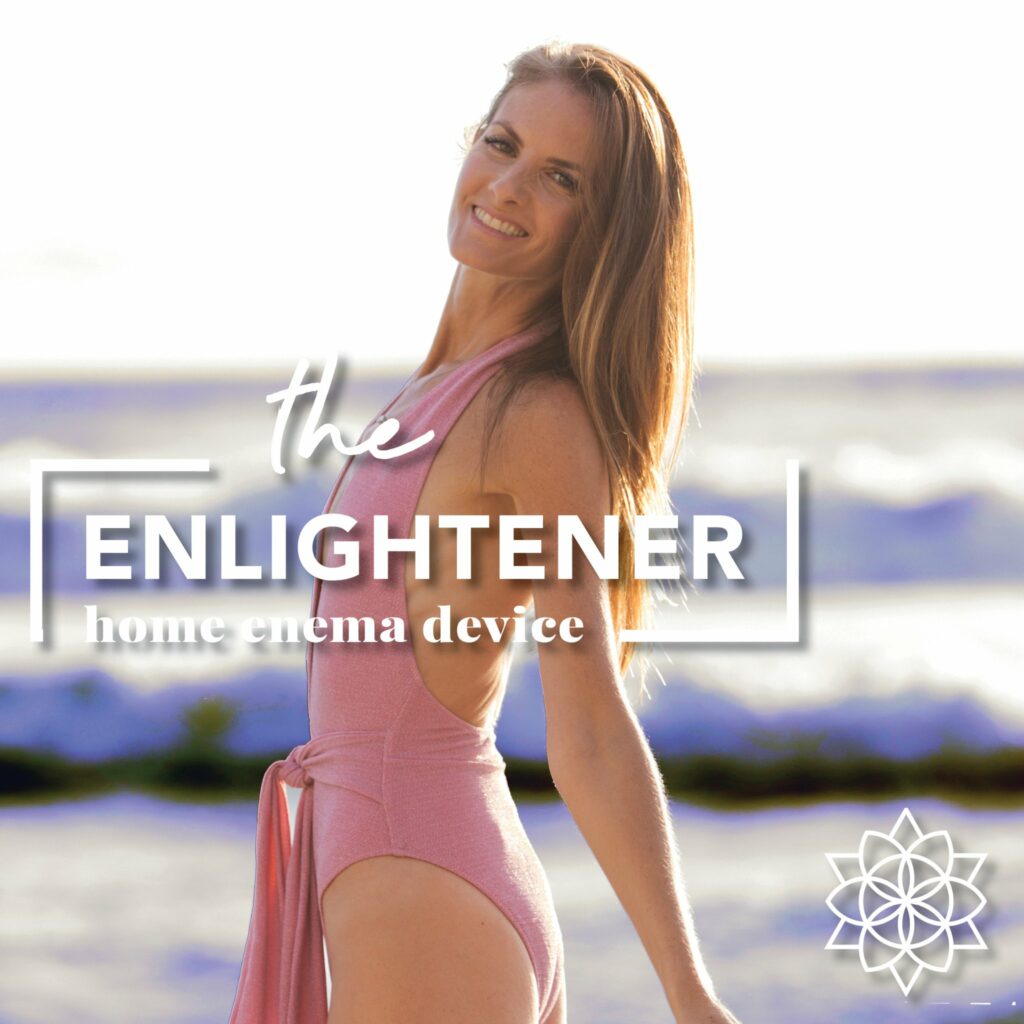For those of us who see through the illusions and injustices of the world, it is easy to get riled up over them. Speaking for myself, if left unchecked, my passion for truth can quickly turn into aggression. But aggression is aggression, whether it’s coming from egotistical oppressors or impassioned activists, whether its intention is to overpower or to reveal truth.
Passion is a key emotion that can lead to great positive change, but in the hands of those who do not understand its inherent trappings, it can lead to tragedy.
Here’s what truth-seekers and change-makers need to know about the passion for reform: We can only make life-generating contributions by maintaining healthy, life-generating passion, not falling into the trap of aggression. This is not an easy task because passion is inherently active, boisterous, lively, expressive—all excitable qualities that resist being governed.
But to get carried away by our passions is to let them own us instead of using them as tools to reach our goals. In my case, my deepest desire has been to recognize the illusions that stand between me and a life-generating experience—personally, communally, and globally—and then to apply these insights to create life-generating results.
Aggression and depression are two common traps of passion. They are the negative polarities to which the pendulum of passion can swing when left unchecked. When passion turns into aggression or depression, it becomes dangerous and gains momentum toward life-deteriorating results. In this way, even the best intentions can turn ugly.
The best life-generating results come from clarity. Passion can be clear or cloudy, depending on how we exercise it. When we let passion veer off toward aggression or depression, we lose our place and spin away from our goal. And like any trap, this one is not always obvious.
The trap of misdirected passion is rage on the one hand and impotence to effect change on the other. It is understandable that we sometimes fall into the trap of feeling inconsolable, depressed, or furious at the state of the world and the powers that be. But if we do slip into such traps, we must not dwell there for long, lest they render us impotent.
Nobody wins—neither you nor I, nor our evolution—by getting stuck in clouded, negative passion. Furthermore, there’s just no time for it. We, our communities, and our planet are already terribly sick, and getting more so by the minute.
So how do we open our eyes and the eyes of others to the realities of our world, and how do we watch the slow motion of the wheels of justice without becoming impatient and aggressive—or so furious as to become apoplectic, or so depressed as to become suicidal? I have spent a lot of time chewing on this question because it has been part of my personal journey.
If our passion for truth can swing toward the extreme of blind aggression and anger (e.g., hatred, shouting, fighting, violence, dogma, etc.) and toward the related extreme of depression (apathy, impotence, surrender, self-numbing, substance abuse, addiction, suicide, etc.), we must ask ourselves, “What will bring the passion back to a healthy range?”
The answer is joy. According to the great modern mystic, Almine, joy is “the desire to live.” Almine also coined the concept that joy is the emotional mate to passion. That is to say that passion, like any emotion that falls out of balance, must be “checked” by its partner emotion, joy, in order to remain in the sweet spot. Joy can bring us back to equilibrated, life-generating passion.
For example, when I catch myself leaning toward imbalanced states of passion, I immediately remind myself what all this work is about—I envision a world that works for humans and for all life. I hold close the vision of a world that embodies joy, like Anastasia’s, like life-generating native communities that work in inter-dependant harmony. I focus on what makes our inner and outer worlds brim with natural life. The desire to live guides me back to a passionate approach that serves my purpose rather than diluting it.
This approach lifts me out of aggression and into that sweet place where passion and joy pulse together. It brings my warrior out of imbalanced fight mode and into productive protection of all that is good, magical, beautiful, and harmonious.
To give you a visual illustration, think of desire as the key that turns on the ignition, passion as the accelerator, and joy as the wheel. Passion gives us the energy to create that which we desire to manifest. The desire is the reason we choose to pursue a vision. Joy keeps us on the life-generating road.
Notice there is nothing remotely passive about pulling passion out of aggression. Passion in its equilibrated state is actually more powerful and effective than aggression. It actively works to build a new reality, rather than strengthening its opposition with knee-jerk resistance and ineffective battles that only spill vital energy and fan hatred.
Remember, we always run the risk of strengthening that which we oppose. Instead of fighting against big business and insane cultural paradigms with just another brand of brute force and insanity, we should use our energy creatively. We can do more good by healing those aspects of ourselves that reflect the destructiveness of the world. In reforming ourselves, we can liberate ourselves, and thus empower ourselves to help others heal as well.
We must lead by example. By creating alternative ways of life that actually work, we can create a whole new template for others to try when they, too, are worn thin by the old ways.
So many people talk the talk. They want you to know they eat a raw diet and practice consciousness, and so on and so forth. They desperately want to be seen in this light because they do not yet own it. They want to be whole but they are not yet whole, so they fly in a holding pattern around the life they want, never quite landing on it because growing and changing are so hard to do. This kind of change requires a leap over a chasm, which requires an enormous amount of energy.
The energy must come to the individual in the form of desire, passion, and will. Typically, this potent blend of desire, passion, and will comes to a person only after hitting the intolerable lows of a life that doesn’t work. Sometimes people unconsciously create horrible events in their lives in order to effect change for the better. More often, though, people get stuck in life-deteriorating patterns because their will is inactive.
We all have those aspects of ourselves that stand in the way of personal growth that we tend to shove under the bed rather than face. But this is the first obstacle to change, on any scale. We have to address the need for change within ourselves, not just point fingers at the world. For everything we want the world to overcome, we should overcome something within ourselves.
We have to lead life-generating lives and practice—day by day, moment by moment—what we feel is true, not just talk about it, not just keep on wrestling the same old demons. At a certain point, it’s time to move beyond them, beyond indulgent self-reflection, and take action.
What must you change in your personal life? What dragons must you slay for you to be able to live your truth? Identify the steps you must take, and take them. Don’t be afraid of making a mistake, for there is no greater mistake than inaction in the face of suffering. This is the only way to find your equilibrium and create a way of life that sustains that equilibrium. Be vigilant moment to moment, so you don’t fall into those old traps that would corrupt your passion and leach your joy. If you do get pulled one way or the other, toward aggression or depression, work to reclaim your sweet spot as soon as you can. Keep practicing until you can hold that space longer and longer—until it comes naturally to you.
I know this is a major task. But this is your chance to have a real life, to be free of your demons and dragons (call them what you will), to live and to lead by example. Everyone wants to be free of the old traps, but who is going to show them that it’s possible if not you? If you merely wallow in your issues for too long, you will miss this amazing opportunity to live, truly live, in all the wonder and beauty of the human form. This is your chance to bust out of your cage, to lead a life of exhilarating growth and ever-greater levels of freedom.
People usually enter this work wanting to change their bodies and improve their health. What I hope most people come to realize is that correcting misguided eating patterns is just one obvious part of becoming whole again. It is an essential step to regaining our clarity and equilibrium—breaking free of the cages that hold us, the illusions that paralyze us with fear, the clouds that loom overhead and dictate our future—not just to look good and stay out of the doctor’s office. We do this work to increase our joy, to embrace life and to give life with every fiber of our beings.
So when I find my inner warrior falling out of balance and lashing out in rage against authority figures, I remember that this is my passion succumbing to imbalanced aggression. I remember the vision of life that I am working for and hold that vision until I am clear about my real mission. Then, if that assertive part of myself still wants to express itself, I can allow it to do so from a place of awareness. I give it some room and watch it act out its part, and then I put it neatly away, like an actor might remove his or her costume and makeup after a performance. This way, I can maintain balance even while letting my inner warrior express itself. Of course, I am not always so perfectly aware, but the more I witness myself in this manner, the more I am able to remain centered and empowered with clarity of purpose.
My personal quest has always been one of equilibrium (it also happens that I am a Libra, the symbol of the scales, or balance). Finding equilibrium is like finding the Holy Grail—or the alchemical recipe for transforming our lower (base) self into our higher (rarified) self. It is an experience that comes with great clarity.
People tend to equate equilibrium and balance with moderation. I think this is a mistake. The common saying, “Take everything in moderation,” is a pet peeve of mine. When I hear it, I always chime back, “Especially moderation!” Moderation and balance have become intertwined concepts, defined by our culture as having a little bit of everything. The problem is, if you have a little bit of everything in our culture, you’ll be sick and very mentally and emotionally imbalanced.
The Buddhist tradition speaks of the middle way, but this is not moderation as our culture knows it. The Buddhist middle way is the place where the body and mind are extremely clear, only after being purified by asceticism. It is the middle way because it is the place where life can flow, where the stream is fresh in the center of the flowing river. It is the place where you are so abundantly filled with life force and inner peace that you are not lured into states of extreme happiness or sadness by outside events. Rather, you are whole because your inner life is whole. You are aware of what is truly life-generating, and you are able to hold yourself in that place consistently.
The modern individual cannot achieve this by partaking of his or her unnatural world “just in moderation.” A cup of coffee, a single donut, a nine-to-five job, a turkey sandwich, a bag of chips, a coke, a cigarette, an hour of television, a single beer, a small burger, a couple of medications, a bit of Metamucil, a touch of milk of magnesia, twenty minutes of exercise three times a week, and a prayer before bed—here is a life of modern moderation. Here is something utterly out of balance.
Equilibrium is the sweet spot in all things. It is the place to look when you are healing aspects of yourself that seem impossible to overcome. Ask yourself in each case, “What is disrupting my equilibrium here?” Then apply what you learn, and remember to employ joy to keep your passions as a truth-seeker and change-maker positive and fruitful.



